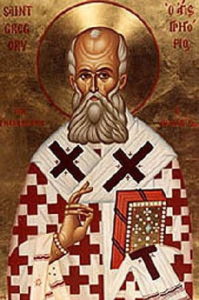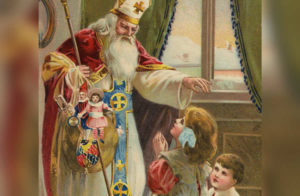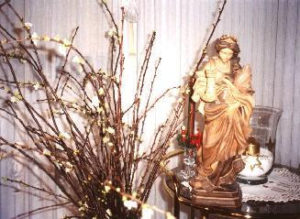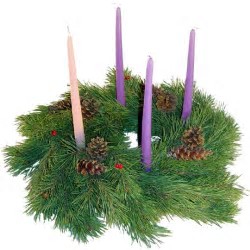Many people today, Christian and non-Christian alike, complain about the commercialism and degradation of Christmas. In a 380 Christmas sermon, Gregory of Nazianzen, the archbishop of Constantinople, decried the way the Romans behaved during their late December celebrations:
Let us not put wreaths on our front doors, or assemble troupes of dancers, or decorate the streets. Let us not feast the eyes, or mesmerize the sense of hearing, or make effeminate the sense of smell, or prostitute the sense of taste, or gratify the sense of touch. These are ready paths to evil, and entrances of sin … Let us not assess the bouquets of wines, the concoctions of chefs, the great cost of perfumes. Let earth and sea not bring us as gifts the valued dung, for this is how I know to evaluate luxury. Let us not strive to conquer each other in dissoluteness. For to me all that is superfluous and beyond need is dissoluteness, particularly when others are hungry and in want, who are of the same clay and composition as ourselves. But let us leave these things to the Greeks and to Greek pomp and festivals.








